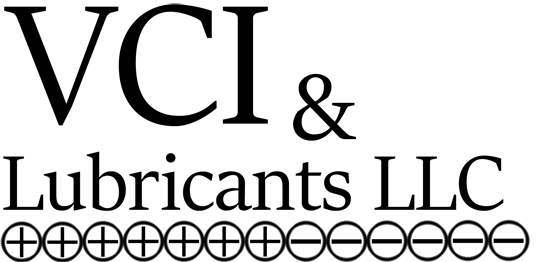The effectiveness of Cortec Corporation's VCI-based anticorrosive methods vs the use of desiccants
Share
The use of desiccants such as silica gel is a common practice to mitigate moisture in product packaging. However, although these materials are effective at absorbing moisture from the surrounding environment, they are not the definitive solution for preventing corrosion, especially in metals. Corrosion is an electrochemical process that is accelerated in the presence of moisture and oxygen, and while desiccants can control short-term moisture, they cannot address all factors that cause corrosion.

The American Society for Testing and Materials (ASTM) has established standards and tests, such as ASTM D 3985, which measure the oxygen transmission rate through plastic films used in packaging. While desiccants can reduce moisture levels within a package, they cannot prevent the infiltration of oxygen, which is as crucial as moisture in the corrosion process. Additionally, laboratory tests have shown that desiccants' ability to absorb moisture is limited, and once they become saturated, they cease to be effective (Technical Committee of Envelope Manufacturers, TAPPI T 557).
On the other hand, Cortec's Vapor phase Corrosion Inhibitor (VpCI®) technology presents a more comprehensive and efficient approach to corrosion prevention. Vapor phase corrosion inhibitors are chemical compounds that vaporize and condense on the surface of metals, forming a protective molecular layer that prevents corrosive agents such as moisture and oxygen from reaching the metal.
A significant advantage of VpCI® technology is its ability to protect confined spaces and hard-to-reach areas in metals. This is especially important in complex equipment with internal spaces and electronic components where corrosion can occur unexpectedly and go unnoticed.
Studies such as those published in the Journal of Protective Coatings and Linings have demonstrated that vapor phase corrosion inhibitors have a more prolonged and effective effect compared to traditional methods like desiccants. The coverage provided by VpCI® is active and continuous and can neutralize corrosion regardless of the moisture level penetrating packaging barriers. In contrast, desiccants lack the ability to neutralize the effects of moisture once they have reached their maximum absorption capacity.
Additionally, VpCI® technology is versatile and can be incorporated into different formats such as films, foams, coatings, and lubricant additives, allowing its use in a wide range of industrial applications. This flexibility ensures that different types of metals, including non-ferrous ones, are protected against corrosion under various storage and transportation conditions.
When comparing the methods, it is evident that VpCI® technology has significant advantages over the use of desiccants. Not only does it address the root cause of corrosion by forming a protective barrier against moisture and oxygen, but it also provides a long-term and more effective solution for preserving metals in a wide variety of industrial applications. Meanwhile, desiccants offer a passive and temporary approach that may be suitable for short-term requirements or applications where rapid consumption or use of the packaged product is expected. The limited capabilities of desiccants compared to the comprehensive protection offered by vapor phase corrosion inhibitors signal a paradigm shift in metal preservation strategies in the industry.
